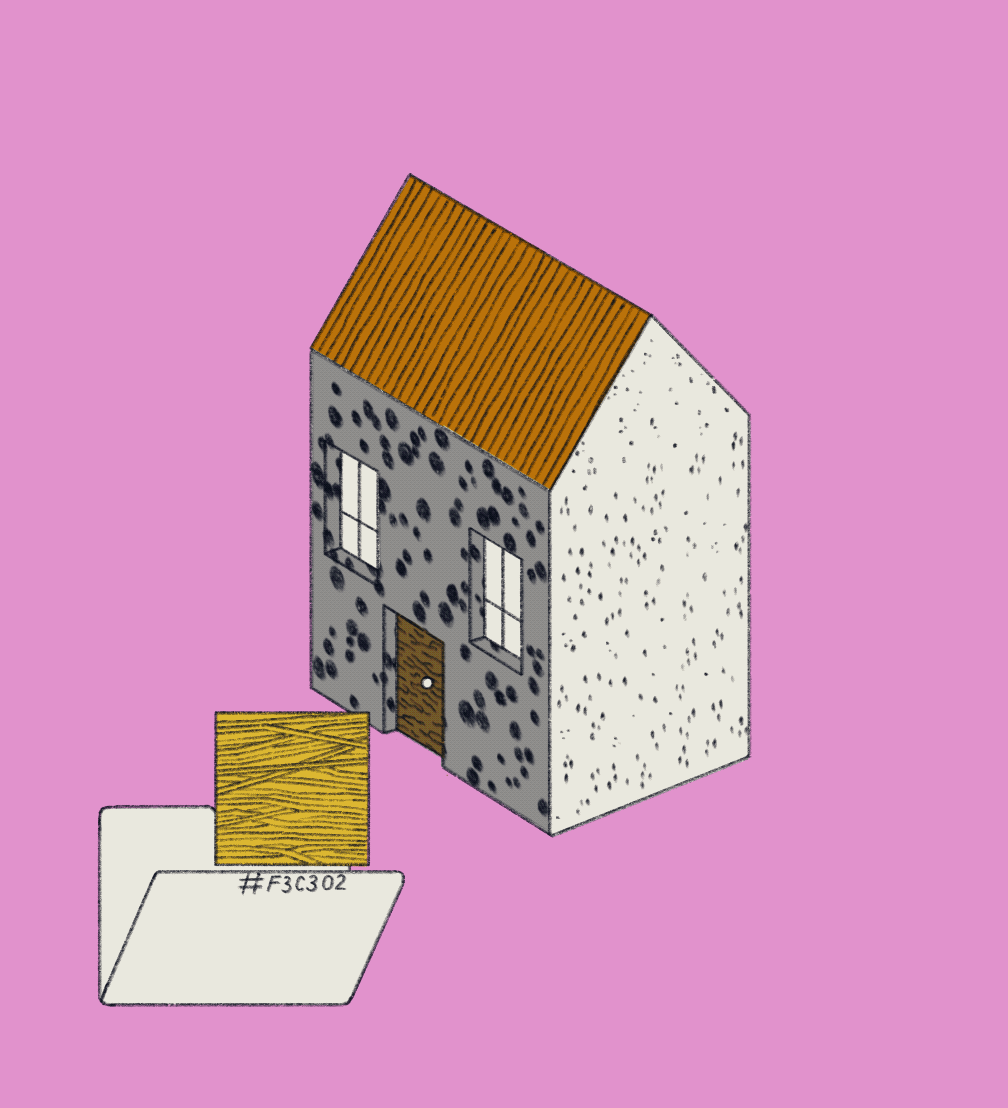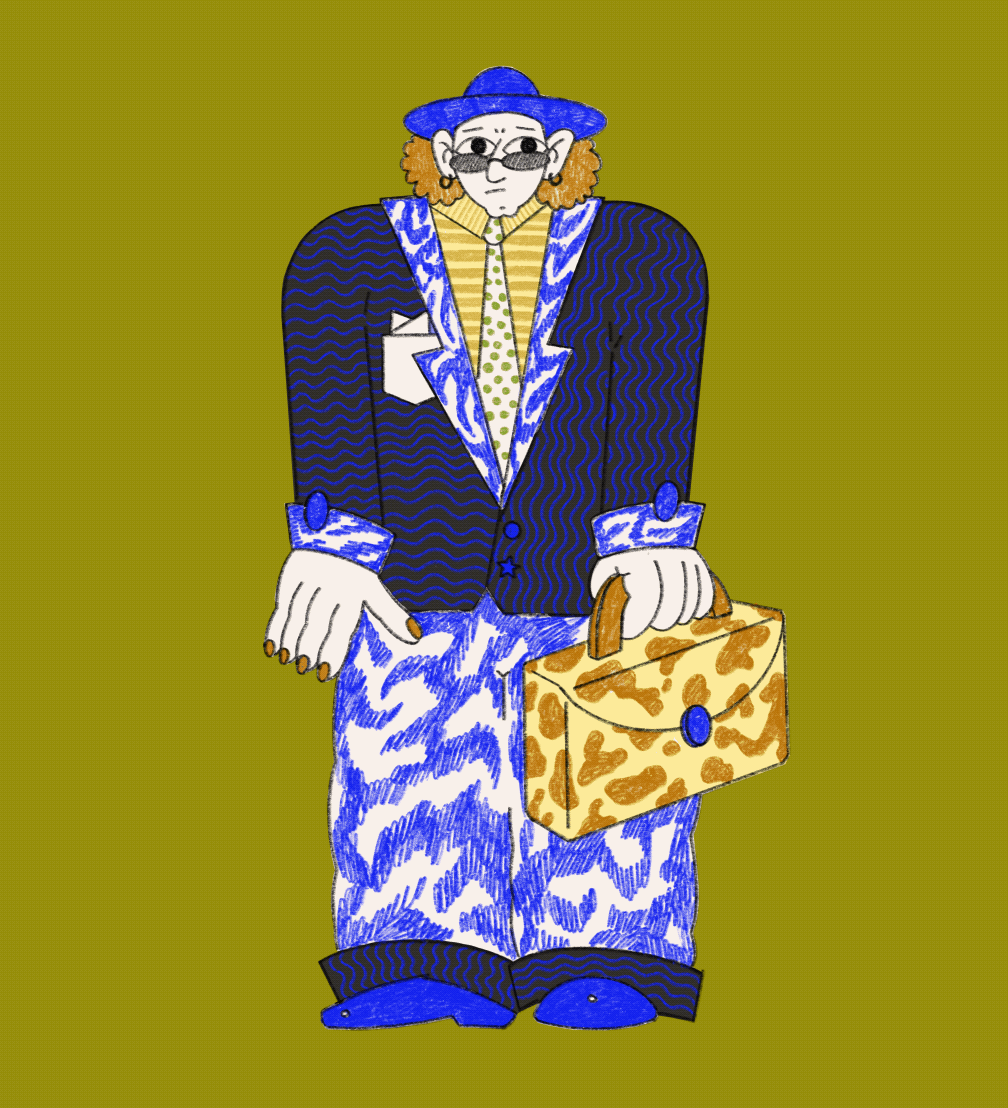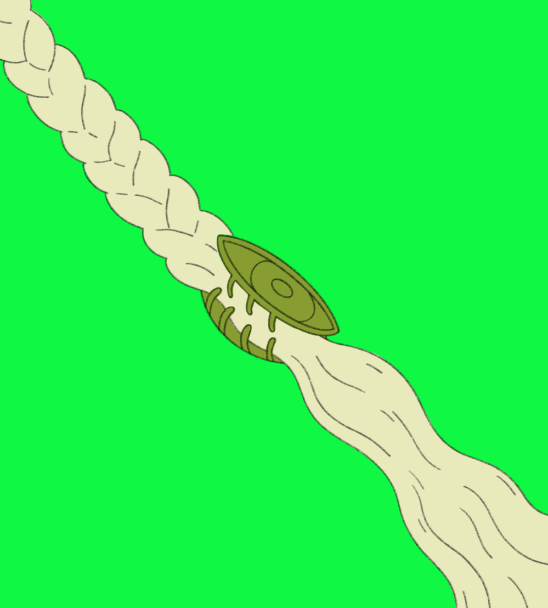
One of the selection jury chairs of the National Design Award of Latvia 2025 is architect Brigita Bula. Her practice is dedicated to sustainable architecture for environmentally conscious and forward-thinking clients. Brigita Bula Architects recently won third prize in the competition for the Latvian exposition at the Venice Architecture Biennale, proposing a completely new model for the construction process, Not to Build. In the Nice Touch section, Brigita talks about a method that helps her develop ideas when working on projects.
«When I think about a new project, I usually do a lot of research and collect impressions. I start building a palette of impressions and materials before the idea is even born. I include not only building materials or finishes but also various artifacts — an old brick found on the site, a beach stone, a branch, a piece of glass, a bundle of reeds, a brochure from an exhibition or a postcard from a trip I visited when the idea was born, a photograph, a book of poems or essays, and other things that help me to think. The heaviest element of the palette was a one-meter-long piece of rail for the Latvian Museum of Contemporary Art architecture competition. The creation of the palette continues throughout the project, and it is sometimes created even for projects that do not have a material manifestation, such as a manual or a process description. For buildings, at the end of the project, the impression palette is translated into a building and finishing materials map — codes, pigments, brands, and articles.»

In Brigitas Bula’s projects, local building traditions and craftsmanship, landscape, and process ecology intersect with contemporary design, conceptual vision, and modern technological requirements. The Salt House in Pāvilosta, designed by Brigita Bula Architects, received the Grand Prix of the Latvian Architecture Award in 2019 and was nominated for the Mies van der Rohe Award in 2022. Considering how mass construction impacts the environment, Brigita Bula Architects proposed a completely new model of the construction process — Not to Build — for the International Architecture Exhibition 2025 of the Venice Biennale. It is based on the idea of viewing construction as a process that is not about transforming the environment by adapting it to one’s needs or tastes at any cost but about adapting ourselves to the environment by using easily accessible resources, knowledge, traditions, and opportunities for cooperation.




Viedokļi